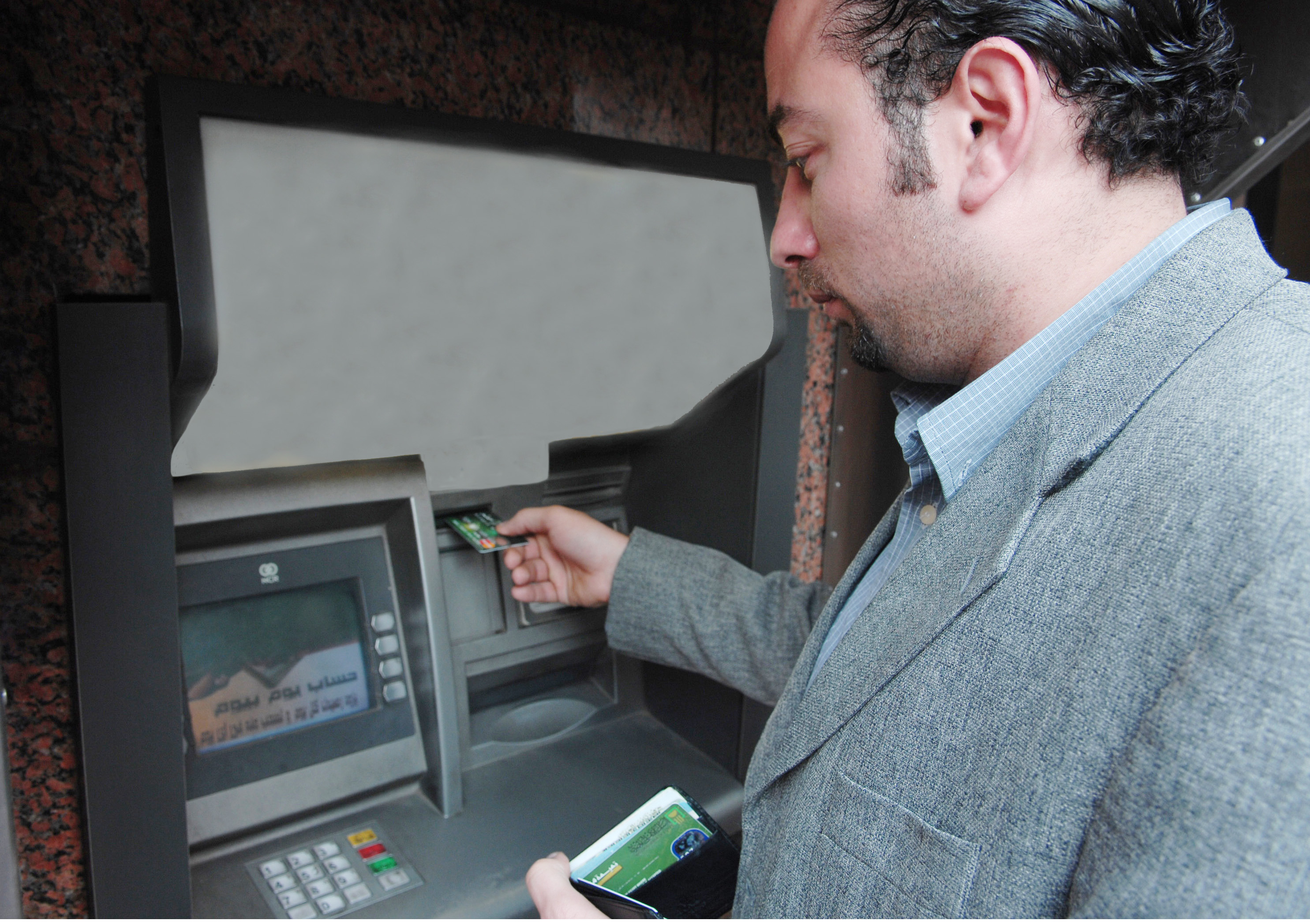Egypt’s gross domestic product (GDP) grew by 5.6% in the fiscal year (FY) 2018/19, while the country’s primary surplus recorded 2%, Prime Minister Mostafa Madbouly said on Wednesday.
The ongoing fiscal reforms managed to reduce the budget deficit to 8.2% in FY 2018/19, in continuation to the ongoing down trend from 9.8% in the FY 2017/18 and 12.5% in FY 2015/16.
According to a press statement by the cabinet, Egypt targets 6% GDP growth in the FY 2019/20.
The government adopted a set of macroeconomic and fiscal reforms under the umbrella of its three-year $12bn Extended Fund Facility agreement with the International Monetary Fund (IMF) in November 2016, since then the economy has moved toward a higher trend growth path.
During the cabinet meeting, Minister of Finance, Mohamed Moeit, said that the structure of growth improved and became more sustainable and diversified. The contribution of private and government investments amounted to about 45% of growth, followed by exports by about 34%.
Moeit elaborated that the recent economic developments were accompanied by a significant decline in unemployment rates to reach 8.9% in December 2018, adding that the government targets 8.1% unemployment rate.
He pointed out that the energy subsidy cuts would provide the necessary funds for social protection programmes as well as government investments.
In July, the Egyptian authorities decided to go ahead with slashing fuel subsidies, increasing petrol and diesel prices. The price of a litre of Octane 92 increased to EGP 8, the price of Octane 80 and diesel fuel both increased to EGP 6.75, Octane 95 increased to EGP 9, and liquefied petroleum gas (LPG) cylinders increased to reach EGP 65 per unit.
Electricity subsidies were also cut in May, leading to average increase of 14.9%. in electricity prices.




